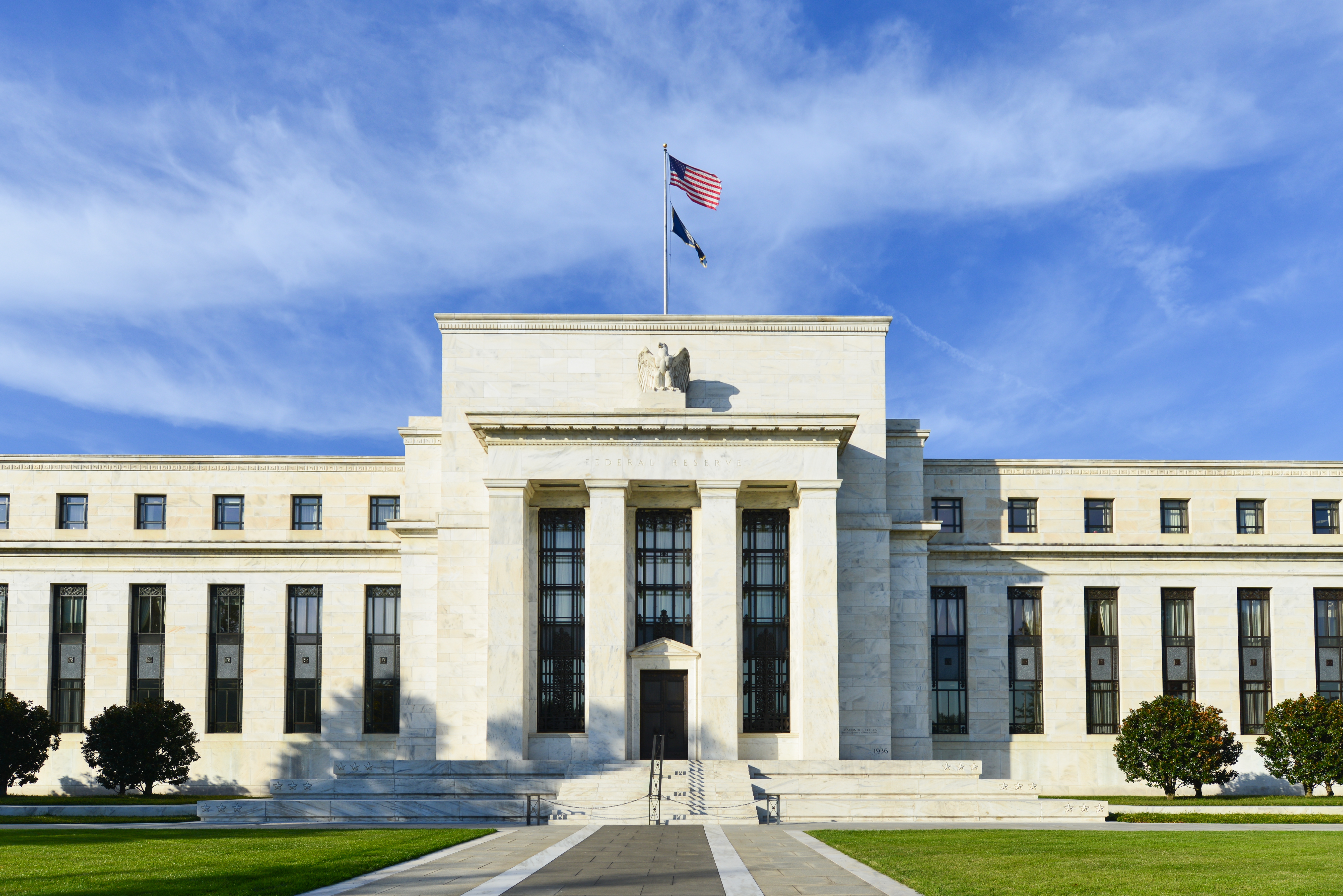Fed Raises Key Rate by 50 Basis Points as Inflation Rages
The U.S. Federal Open Market Committee (FOMC) raised its key policy rate by a half-percentage-point on May 4th to battle higher inflation. In its second interest rate hike since the start of the COVID pandemic, the Federal Reserve (the Fed) increased the Federal Funds Target rate to an upper bound of 1%. This is the first 50 basis points (bps) move the Fed has initiated in exactly 22 years; showcasing not only the rarity of the change, but also the unique set of challenges currently facing the Central Bank.
In addition to raising rates, the FOMC also decided to shrink the size of its $9 trillion balance sheet starting on June 1st. The tapering exercise will begin with an initial combined monthly sale of mortgage-backed securities and Treasuries of $47.5 billion for the initial three months and would then increase to a sale of $95 billion in assets. The initial $47.5 billion will be composed of $30 billion in U.S. Treasuries and $17.5 billion in mortgage-backed securities.
This exercise of selling bonds from its holdings allows the Fed to tighten monetary conditions by increasing the supply of securities in the market, which naturally has the effect of lowering prices, which in turn raises the yield on those bonds. The combined actions of raising the Fed Funds rate and reducing the size of its balance sheet are currently the primary mechanisms that the Fed is employing to combat inflation which recently hit a 40-year high.
The processes of raising the Federal Funds rate and selling bonds in the market will slowly transmit into the real economy in the form of higher borrowing costs for everything from credit card debt to business loans and mortgages. Increased borrowing costs then generally tend to lower aggregate demand which typically causes prices to fall, thus lowering inflation. High inflation has in the past caused significant purchasing power loss for consumers and eventually leads to recessions.
By moving aggressively now, the Fed hopes to get a better handle on inflation expectations going forward. Chairman Jerome Powell has expressed in the past that if the FOMC can front load rate hikes, then the total number of hikes required to bring inflation under control could be lower than if the Fed were to act more slowly. Furthermore, the FOMC has also indicated in past minutes that the neutral rate at which it can stop increasing rates would be significantly lower if it were to move more quickly now.
There are concerns by market participants that the Fed is already too late in tightening policy, and that a core component of inflation is outside of the Fed’s control anyway. The spring back of demand as the pandemic dissipates, combined with supply shortages, has caused prices to increase faster than initially anticipated by the Fed. Adding to the misery, supply chain bottlenecks due to operational and shipping issues worldwide have exasperated these troubles. The Fed has had little success historically in influencing inflation from supply-side shocks.
The war in Ukraine has further sharpened this point. Commodity prices have soared as sanctions on Russia have wreaked havoc on the energy sector, with diesel and natural gas prices soaring to seasonal highs last seen almost a decade ago. Ukraine, responsible for 25% of global wheat exports, is suffering from its inability to get its agricultural products out of the country, which is pushing up food prices. Tight lockdowns in China due to COVID will also have a prolonged impact on supply chains. China is the world’s largest manufacturing center and the slowdown of industrial production in the country could potentially have a longer-lasting impact than the fallout from the Ukraine conflict.
Despite these challenges, the quantitative tightening and rate hike cycle that Chairman Powell announced was met with relief by markets. Fears subsided that the FOMC could act even more aggressively, raising rates by 75bps, or shrinking the balance sheet by a greater amount than announced. The S&P 500 ended the market session up almost 3%, while the yield on the 10-year Treasury note dropped by over 4bps to 2.92%. The U.S. dollar also pulled back in the last hour of the day due to comments that the Fed was not currently considering a 75 basis points move for its next rate hike announcement.
The Chairman also highlighted the broad strength in the labor market. The ratio of job openings to unemployed works remains high by historical standards, currently standing at 2 to 1, despite the fact that the unemployment rate is close an all time low at 3.6%. Wage growth for the average worker has similarly increased by over 5%, while demand for goods and services remains robust. Recent manufacturing data suggests that companies are ramping up production and should be closer to meeting the demand in the marketplace for their goods.
The Chairman also shot down worries that the Fed’s hiking cycle could push the economy into a recession, noting that all current leading indicators are flashing green. Household financial metrics are strong by historical standards and so are the balance sheets of businesses. The savings rate of the average American is also double the rate it was prior to the 2008 recession, which could help shield families from the shock of price increases. The FOMC believes these factors could provide grounds for a “soft landing” from the tightening policy.

